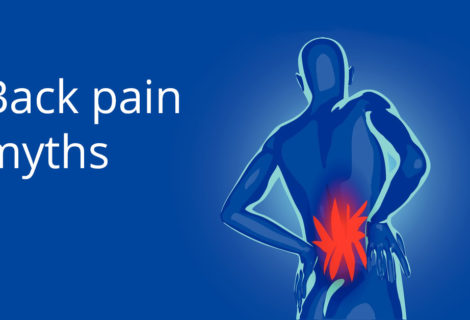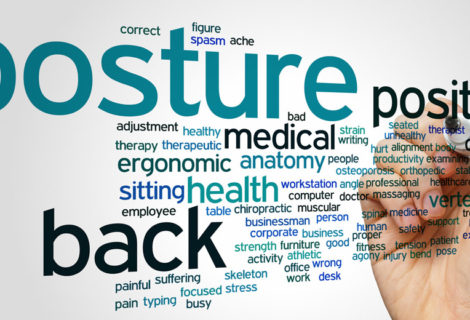What is Scoliosis?
Scoliosis is a sideways bending of the spine. Normally when you look at a person’s spine it runs in a straight line. If you look at a person with scoliosis, their spine bends to the side in either a ‘C’ or an ‘S’ shape.
There are 3 types of scoliosis:
1. Idiopathic
This is the most common form of scoliosis affecting 2.5% of the population, but the cause remains unknown.* It occurs during adolescence when the child is around 10-15 years old, and is more common in girls than boys.
2. Congenital
This means that it is from birth and the spine has not developed correctly. It is much less common than idiopathic scoliosis. Sometimes, it is not picked up straight away and can go unnoticed until the child enters adolescence. Children with this type of scoliosis often have other health issues.**
3. Secondary
These are secondary to other conditions of the spine such as plagiocephaly (“misshapen head”) and osteoporosis; or neurological conditions, such as paralysis.
More about adolescent idiopathic scoliosis (AIS)
This type of scoliosis is often noticed during growth spurts just before puberty begins. Most cases are mild without symptoms but the spinal curves can increase and become more severe as the child grows, which can be painful and disabling.
Signs to look for in your child:
Shoulders – one shoulder looks higher than the other, or one shoulder blade wings out more than the other.
Ribs – ribs look like they’re sticking out more on one side.
Waist – uneven waistline.
Hips – one hip higher than the other.
Overall, the person can look like they’re leaning to the side.
References
*Asher, M. and Burton, D. (2006). Adolescent idiopathic scoliosis: natural history and long term treatment effects. Scoliosis, 1(1).
**Orthoinfo.aaos.org. (2017). Congenital Scoliosis-OrthoInfo – AAOS. [online] Available at: http://orthoinfo.aaos.org/topic.cfm?topic=A00576 [Accessed 21 Oct. 2017].











